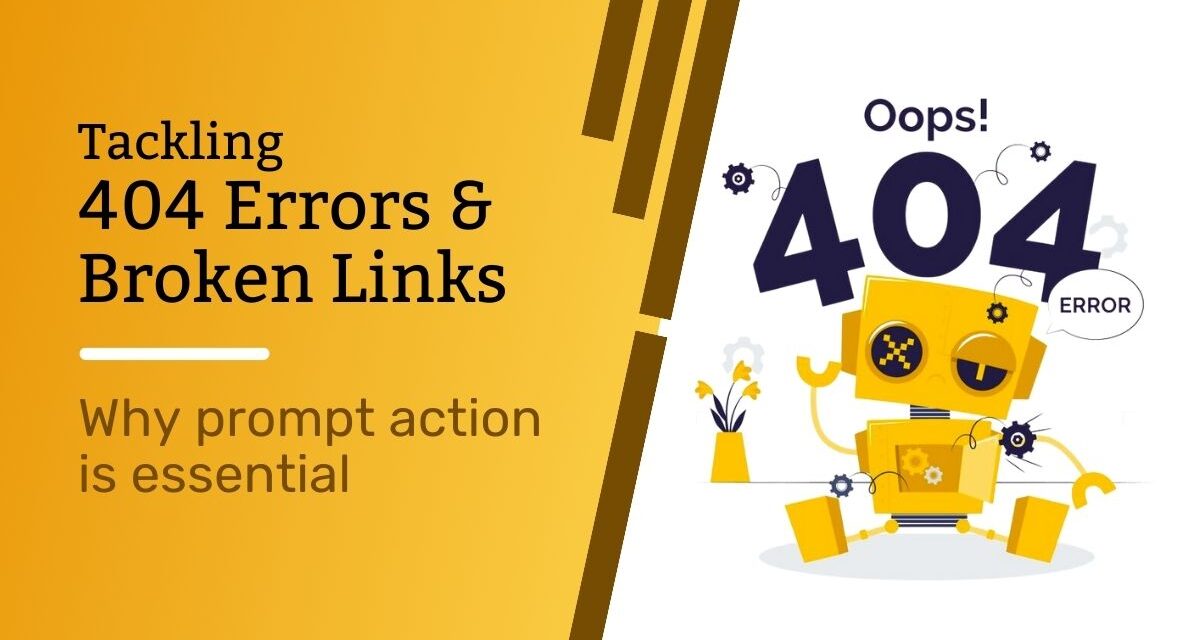In the realm of web development and maintenance, the significance of a seamless user experience cannot be overstated. A smooth and uninterrupted browsing journey is paramount to fostering user satisfaction and encouraging repeat visits. However, this ideal experience can be disrupted by the presence of 404 errors and broken links.
The Impact of 404 Errors and Broken Links
404 errors, also known as “Page Not Found” errors, occur when a user attempts to access a non-existent page on a website. Broken links, on the other hand, refer to links that lead to invalid or outdated content. Both 404 errors and broken links can have a detrimental impact on a website’s overall performance and user experience.
User Experience Deterioration
Encountering a 404 error or broken link can be a frustrating experience for users. Instead of reaching the intended destination, they are met with a dead end, causing confusion and disappointment. This can lead to a loss of trust in the website, reduced engagement, and ultimately, a higher bounce rate.
Search Engine Optimization (SEO) Implications
Search engines like Google rely on links to understand the structure and content of a website. When they encounter 404 errors or broken links, they may face difficulties in crawling and indexing the website’s pages. This can result in lower search engine rankings, making it harder for the website to appear in relevant search results.
Conversion Rate Declines
404 errors and broken links can also negatively impact conversion rates. If a user is attempting to complete a task on a website, such as making a purchase or signing up for a newsletter, but encounters a broken link, they are less likely to complete that task. This can lead to missed opportunities and reduced revenue.
Credibility Concerns
A website with a high number of 404 errors and broken links can project an image of unprofessionalism and lack of care. This can make it difficult to attract new visitors and convert existing ones into customers.
Taking Action: Effective Strategies
To address the issue of 404 errors and broken links, website owners and developers can implement several effective strategies:
- Utilize Website Crawlers or SEO Tools: Employ website crawlers or SEO tools to identify broken links and 404 errors across the website.
- Redirect 404 Error Pages: Implement 301 redirects to direct users from non-existent pages to relevant and existing pages on the website.
- Remove Outdated Content: Regularly review and remove outdated content from the website to eliminate potential sources of 404 errors.
- Optimize Internal Linking: Implement a robust internal linking strategy to help search engines understand the website’s structure and prevent crawling errors.
- Schedule Regular Checks: Establish a routine schedule for checking the website for broken links and 404 errors to maintain a clean and error-free website.
Conclusion: Prioritizing Prompt Action
By taking prompt action against 404 errors and broken links, website owners can safeguard their user experience, enhance search engine optimization, boost conversion rates, and project an image of professionalism and credibility. A website free of such errors and links is a website that users can trust and engage with, paving the way for long-term success.





